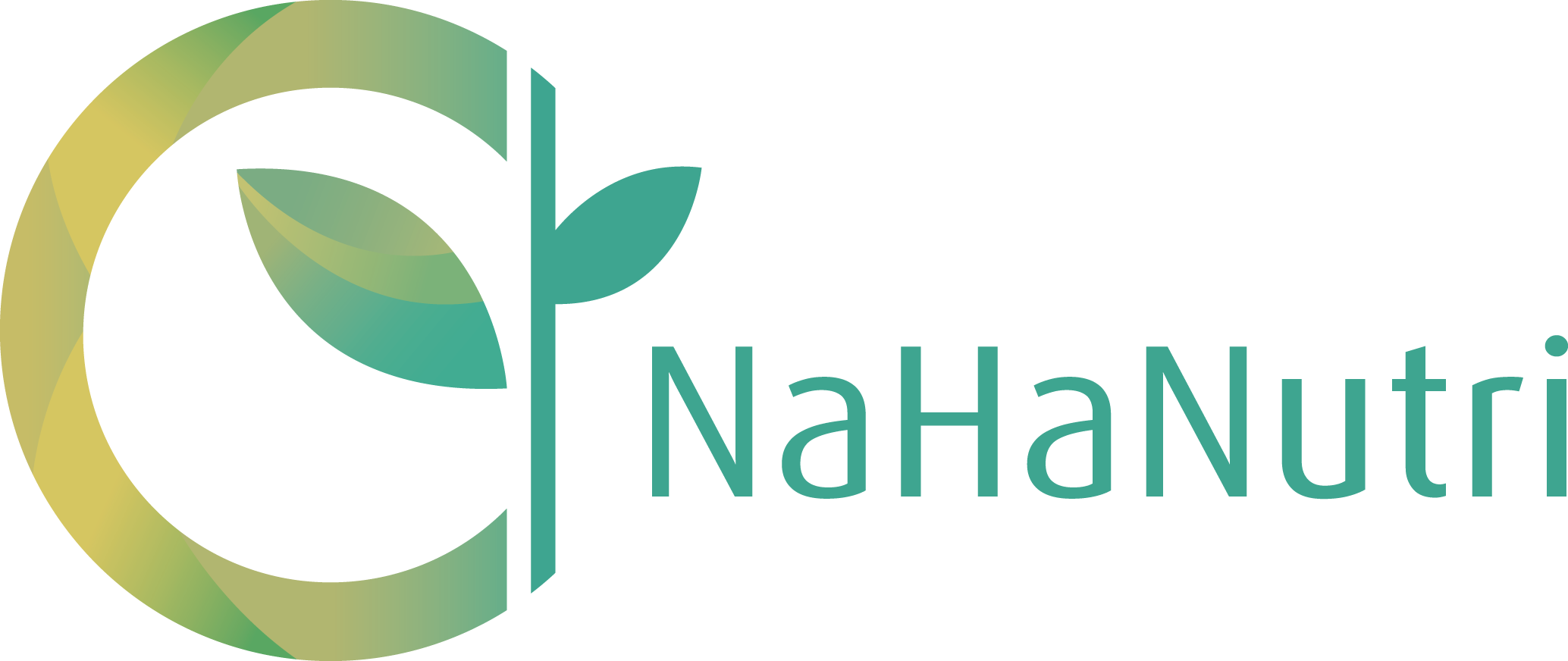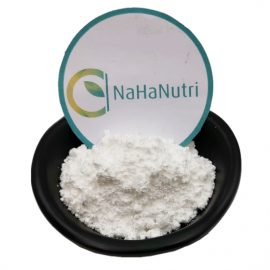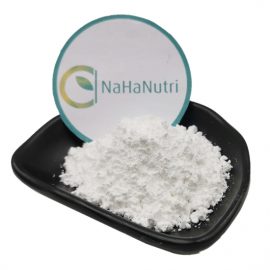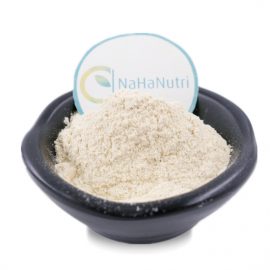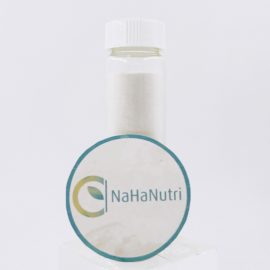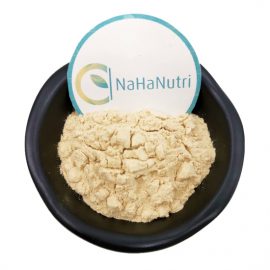Safflower extract carthamin yellow
- Latin Name: Carthamus tinctorius L.
- Active Ingredient: carthamin yellow
- CAS No.: 252-981-1
- Test method: HPLC
- Specifications: 5%-98%
Product Description:
Source:Safflower flower
Latin name:Carthamus tinctorius L.(FlosCarthami)
Ingredient:carthamine
Specfication :E10-E100/99%
Test methods:HPLC/UV-VIS
CAS No.:85532-77-0
Molecular Formula:C21 H22 Oll
Molecular Weight:450.39
Appearance: Fine Yellow powder
Source:
Safflower (Carthamus tinctorius L.) is a highly branched, herbaceous, thistle-like annual plant.Other names include Sallflower, Beni, Chimichanga, or Carthamus tinctorius and in Pashto it is called Kareza (as it is found abundantly in Afghanistan and Tribal belts of Pakistan).
It is commercially cultivated for vegetable oil extracted from the seeds. Plants are 30 to 150 cm (12 to 59 in) tall with globular flower heads having yellow, orange, or red flowers. Each branch will usually have from one to five flower heads containing 15 to 20 seeds per head. Safflower is native to arid environments having seasonal rain. It grows a deep taproot which enables it to thrive in such environments.Safflower is one of humanity’s oldest crops.It is a minor crop today, with about 600,000 tons being produced commercially in more than sixty countries worldwide. India, United States, and Mexico are the leading producers, with Ethiopia, Kazakhstan, China, the Arab World, Argentina, Tanzania (Kibaigwa, Kongwa District) and Australia accounting for most of the remainder.Traditionally, the crop was grown for its seeds, and used for coloring and flavoring foods, in medicines, and making red (carthamin) and yellow dyes, especially before cheaper aniline dyes became available.Dried safflower flowers (紅藍花 honglanhua, 草紅花 caohonghua, 刺紅花 cihonghua) are used in traditional Chinese medicine to alleviate pain, increase circulation, and reduce bruising. They are included in herbal remedies for menstrual pain and minor physical trauma.
Main bio-actives:
Carthamin is a natural red pigment derived from safflower (Carthamus tinctorius), earlier known as carthamine.It is used as a dye and a food coloring. As a food additive, it is known as Natural Red 26.
Carthamin was used as a dye in ancient Egypt. It was used extensively in the past for dyeing wool for the carpet industry in European countries and to create cosmetics for geisha and kabuki artists in Japan, where the color is called beni (紅).It competed with the early synthetic dye fuchsine as a silk dye after fuchsine’s 1859 discovery.
The carthamin is biosynthesized from a chalcone (2,4,6,4′-tetrahydroxychalcone) and two glucose molecules to give safflor yellow A and with other glucose molecule, safflor yellow B. The next step is the formation of precarthamin and finally carthamin.
Functions:
Antioxidantive
Antioxidants help to protect the human body against damages induced by reactive free radicals generated in atherosclerosis, ischemic heart disease, cancer, Alzheimer’s disease, Parkinson’s disease and even in aging process.
Antioxidative capacities of C. tinctorius were evaluated by determining its effect on 2,2-diphenyl-1-picrylhydrazyl (DPPH) radical scavenging and ferric reduction.In both assays, aqueous extract of the flowers exhibited high antioxidant activity. DPPH scavenging effect was 96.65%. The 50% inhibitory concentration (IC50) value for Ferric reduction assay was determined as 1,140.5 μmol/g. Total phenolic content from the flowers was determined as 2.12 and 1.32 g/100 g for methanolic and aqueous extracts respectively.As the flowers contained high phenolic compounds including it confirmed that they have an important role in antioxidant activities.
Anti-inflammatory
Anti-inflammatory action of methanol extract of C. tinctorius (MEC) involves in heme oxygenase-1 (H0-1) induction. The results show that MEC induces HO-1 expression via Nrf2 translocation and inhibits nuclear factor kappa B (NF-κB) activity, which may be responsible for anti-inflammatory action.
Flowers of C. tinctorius possess central analgesic activity (500 mg/kg) and potentially may lead to the development of morphine-like substances devoid of the side effects of morphine and related drugs.
Anticoagulant Effects
C. tinctorius is commonly used in Chinese medicine to promote blood circulation and remove blood stasis. Blood stasis, i.e. the decrease of blood flow velocity,indicates hemorheological abnormalities. Studies have been shown the effects of carthamins yellow
contained in safflower flowers on blood stasis. Results have demonstrated that this compound significantly decreased the whole blood viscosity, plasma viscosity and erythrocyte aggregation index which were increased in blood stasis. Hematocrit and platelet aggregation were reduced while the prothrombin time was delayed. So this natural food coloring agent could be a great value in the prevention of hemorheological disorders-associated diseases in at risk patients.
Antidiabetic Effects
Safflower is useful for treatment of diabetes and its complications. The flower aqueous extract can reverse the metabolic disorders occurring in alloxan induced diabetes. Considering these effects on these lipid components, it can be assumed as a potential hypolipidemic agent, which will be a great advantage both in diabetic condition as well as the associated atherosclerosis or hyperlipidemic conditions.C. tinctorius flowers regenerates and restorates of Langerhan islets.Further, it has an ability to restore the protein breakdown and enhance the glycogenesis process in the liver of diabetic rats.
Cerebral ischemia-reperfusion injury
The carthamin of C. tinctorius flowers showed significant improvement on memory in mice after brain ischemia-reperfusion injury. Kunming mouse model was developed by clamping the bilateral common carotid arteries (CCA), and after brain ischemia for 15 min the reperfusion was given. These mice were randomly divided into carthamin, nimodipine and control groups. The carthamin group was ip given carthamin 2 mg·kg~-1 ·d~-1 , nimodipine group 2 mg·kg~-1 ·d~-1 ,and control group 0.9%NS 10 ml·kg~-1 ·d~-1 .After the usual feeding for 1 week, changes of memory were observed by open field behavior, water-maze and passive avoidance response tests. Results There was significant difference between first and second tests after 24 h in carthamin group, but the control group had no change by paired tests. The results show that cerebral ischemia-reperfusion injury may result in memory disorder and carthamin may improve it.
Applications:
With the current information, it is evident that C. tinctorius has pharmacological functions including antioxidant, anti-inflammation, analgesic, antidiabetic, hepatoprotective and antihperlipidemic activities, among others. As the current information shows, it is also possible that furanocoumarins might be useful in the development of new drugs to treat various diseases.
Safflower yellow and red pigment is a nice and safe natural pigment, which can be
used as coloring agent for food and cosmetics.Addition of safflower florets to foods is a widespread and ancient tradition. Rice, soup, sauces, bread and pickles take on a yellow to bright orange color from the florets.
Safflower floret pigments are good replacements for synthetic food colors. Safflower pigments are also used as food additive by approvement of Chinese government and because of these dyes are natural, they widely used in food and beverage coloring, such as in fruit syrup, fruit juice, soda water, fruit powder, wine, candy, pastry, refreshments,
tinned food, condiment, as well as flour soybean and meat products.The carthamin is also mainly used for making high quality cosmetics such as lipstick, rouge, bath soap, as well as high quality egg cake.
–Safflower,From Wikipedia, the free encyclopedia
–Carthamin,From Wikipedia, the free encyclopedi
–LV Xiao-ling et al; “Study on the antioxidant capability of carthamin from safflower”;Science and Technology of Food Industry
–Jinous Asgarpanah et al; “Phytochemistry, Pharmacology and Medicinal Properties of Carthamus tinctorius L”;Chin J Integr Med 2013
–WANG Xing-wen et al; “Effects of carthamin on memory in mice after brain ischemia-reperfusion injury”;Journal of Shanxi Medical University
–Zebra Ekin; “Resurgence of Saffiower (Carthamus tinctorius L.) Utilization: A Global View”;Jownal of Agronomy

